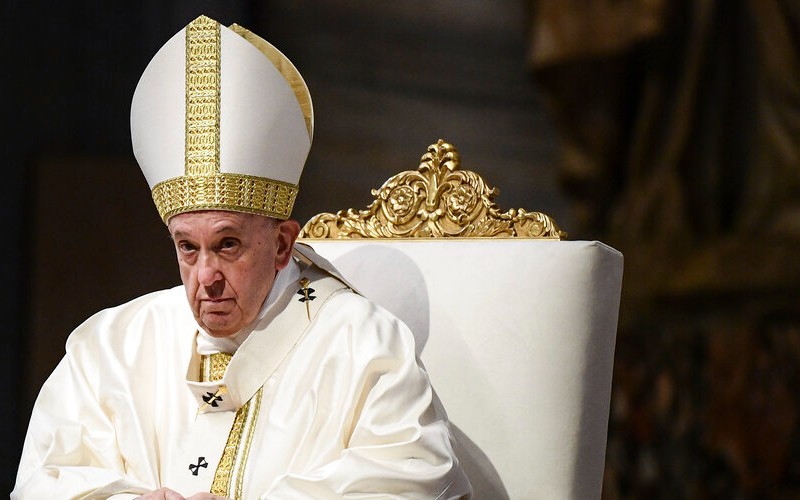When the UMC started going soft on biblical sexuality and scriptural inerrancy, scores of its more conservative congregations decided to get out. No one was quite sure exactly how many were planning to go – but it was enough that the denomination put in place a process through which the churches could leave and retain their buildings and other assets.
Rev. Jay Therrell of the Wesleyan Covenant Association says church leaders downplayed the number.
"Bishops repeatedly – especially a couple of years ago – would say, 'Oh, it's just going to be a few hundred churches that are going to disaffiliate.' And we knew that that was not going to be the case," Therrell tells AFN.
By the end of June, almost 6,200 churches – a fifth of the U.S. total – had disaffiliated since 2019. Therrell anticipates that by the end of the year, when the paragraph allowing the exodus to take place sunsets, probably another thousand will be added to that.

Liberal pastors, he says, thought their teaching was having an effect. "[But] we've always contended that our laity were far more orthodox than clergy in the United Methodist Church," he states. "Standing on the 2,000-year bedrock foundations of Christianity is important."
He predicts that even after the grace period is over, conservative churches will continue to leave the denomination. "If the church changes its positions to be heretical, to violate that 6,000-year definition of marriage or 2,000-year ordination standards, they often say we will break the windows and leave anyway," he explains.
According to The Associated Press, many of the departing congregations are joining the Global Methodist Church – a denomination created last year by conservatives breaking from the UMC – while others are going independent or joining different denominations. The GMC reports it has been processing a "wave" of church and clergy applications since the first of the year, and anticipates applications to continue coming in into 2024 and beyond.














